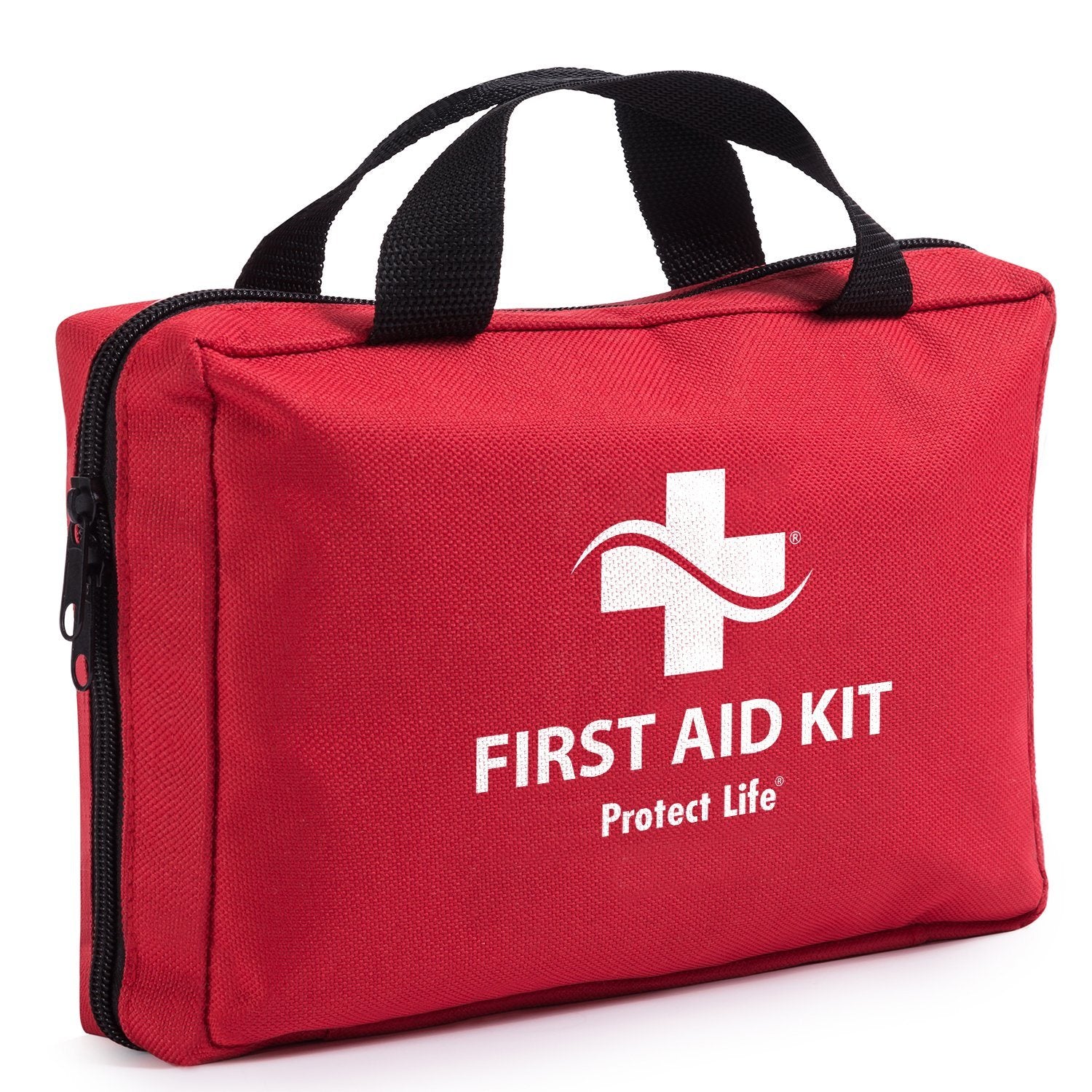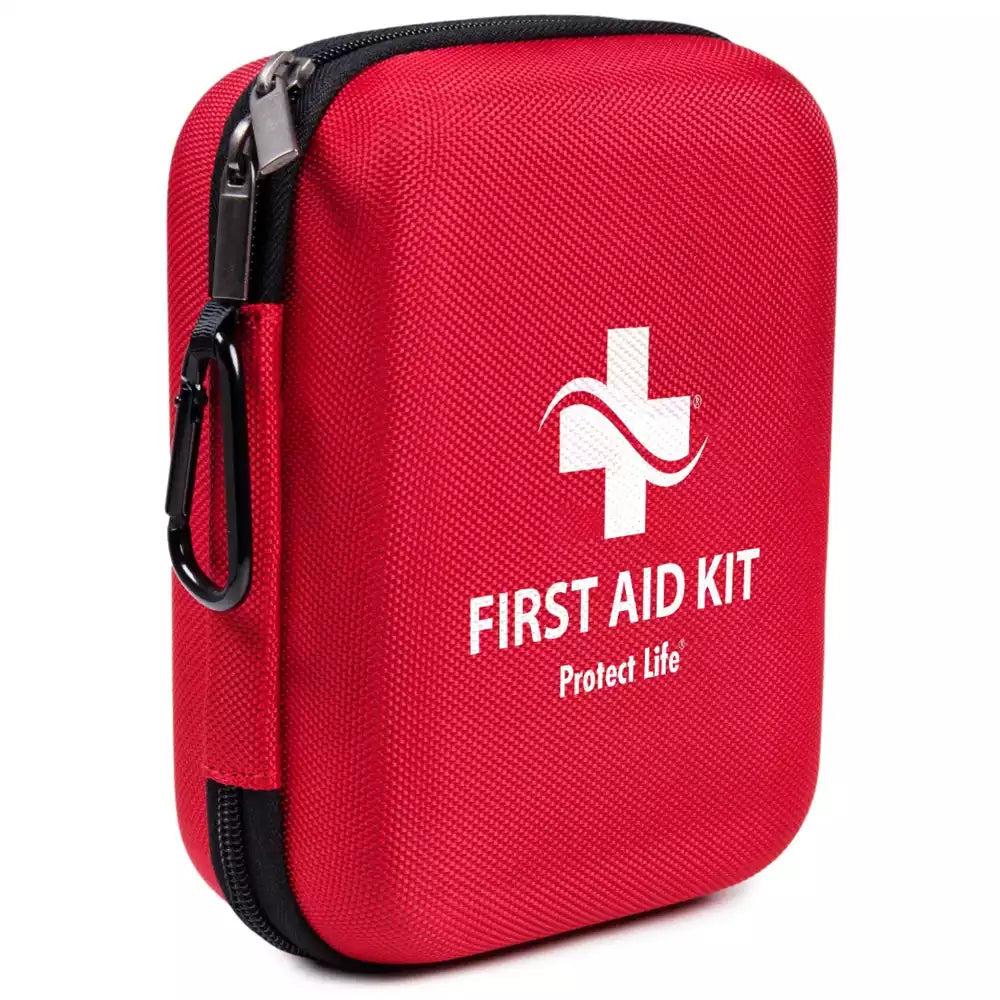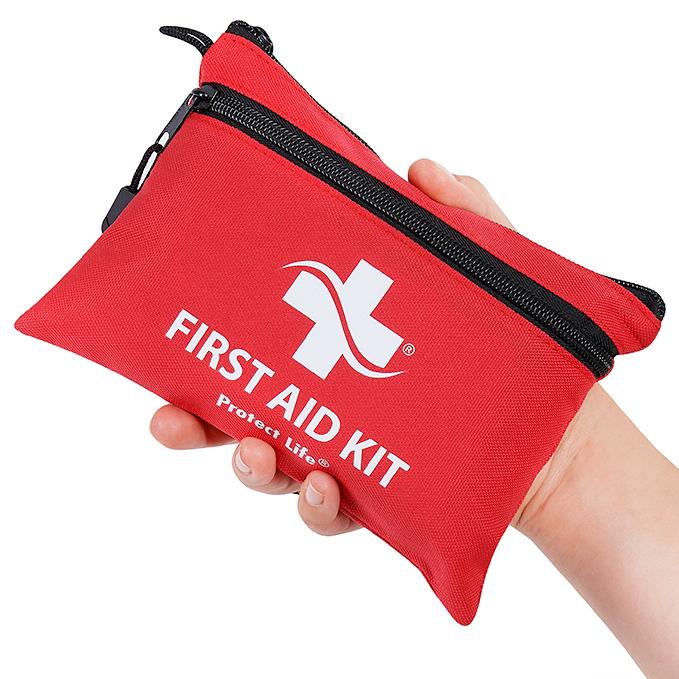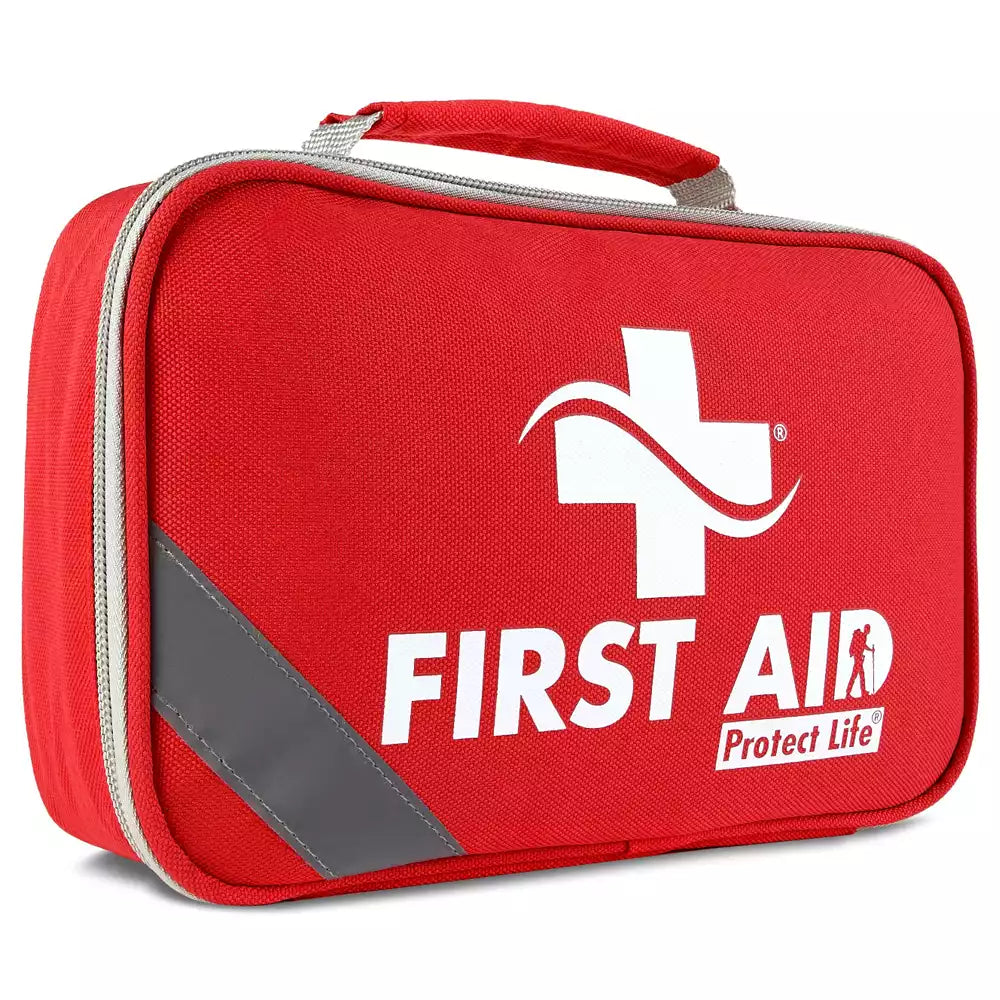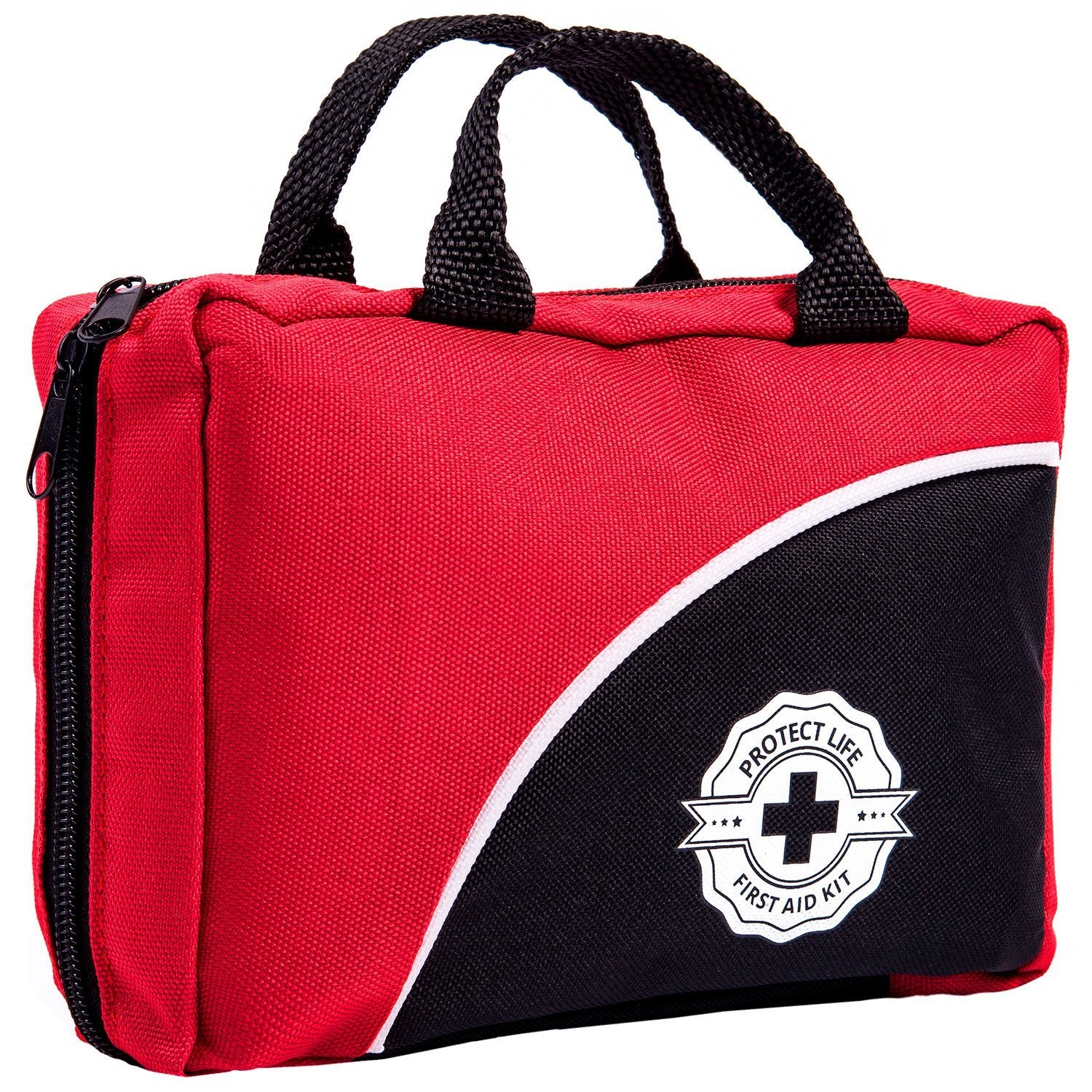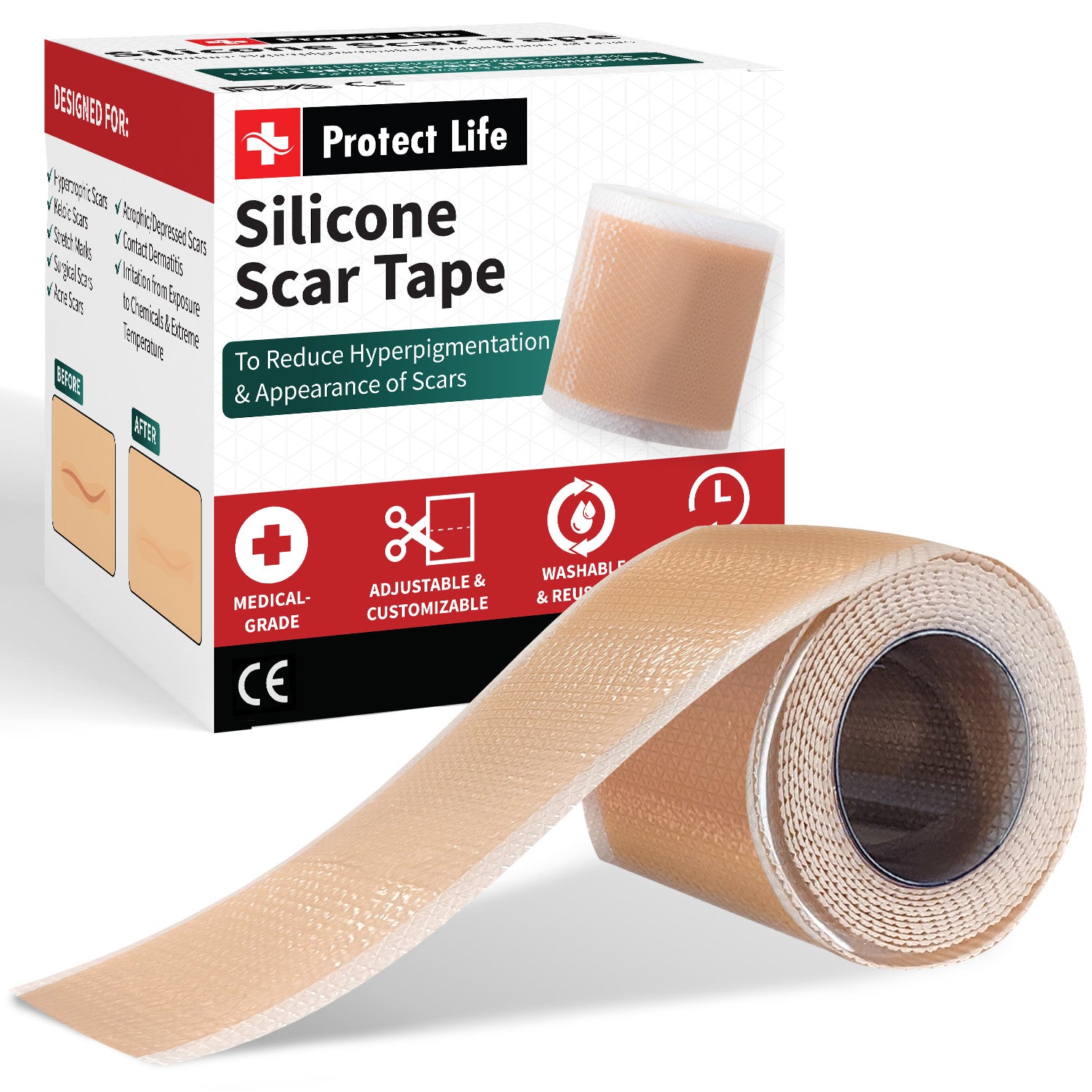Accidents can happen at any time and in any place, and it's essential to be prepared for small emergencies such as cuts, sprains, fractures, and wounds.
Having a first aid kit on hand and knowing how to use it properly can make all the difference in treating minor injuries. In this article, we'll discuss how to prepare for different types of small emergencies and how to use a first aid kit effectively.

- Cuts
Cuts are one of the most common types of small emergencies, and they can happen anywhere from the kitchen to the playground. To properly treat a cut, start by cleaning the wound with soap and water. If the cut is deep, apply pressure to stop the bleeding and cover the wound with a sterile bandage. It's important to change the bandage regularly and keep the wound clean to prevent infection.
- Sprains
Sprains occur when ligaments are stretched or torn, often as a result of a sudden twist or fall. To treat a sprain, start by resting the injured limb and applying an ice pack to reduce swelling. Elevating the limb can also help reduce swelling. If the sprain is severe, it may be necessary to see a doctor for further treatment.
- Fractures
Fractures occur when bones break, often as a result of a fall or impact. To treat a fracture, it's important to immobilize the injured area to prevent further damage. A splint or brace can help keep the injured limb still. If the fracture is severe, it may require surgery or a cast to properly heal.
- Wounds
Wounds can range from minor scrapes to deep puncture wounds, and they should all be treated with care to prevent infection.
To treat a wound, start by cleaning the area with soap and water.
Apply pressure to stop any bleeding and cover the wound with a sterile bandage. Keep the wound clean and dry to prevent infection, and seek medical attention if necessary.
- First Aid Kit Essentials
Having a properly stocked first aid kit can make all the difference in treating small emergencies. Here are some essential items to include in your kit:
- Bandages in various sizes
- Sterile gauze pads
- Adhesive tape
- Antiseptic wipes
- Antibiotic
- ointment
- Pain relievers
- Tweezers
- Scissors
In conclusion, small emergencies can happen at any time and in any place, but being prepared with a first aid kit and knowing how to use it properly can help alleviate some of the stress that comes with these situations.

It's important to regularly check your first aid kit to ensure that all items are up to date and in good condition.
By following the tips outlined in this article and having a properly stocked first aid kit on hand, you can be better equipped to handle small emergencies and keep yourself and those around you safe.



